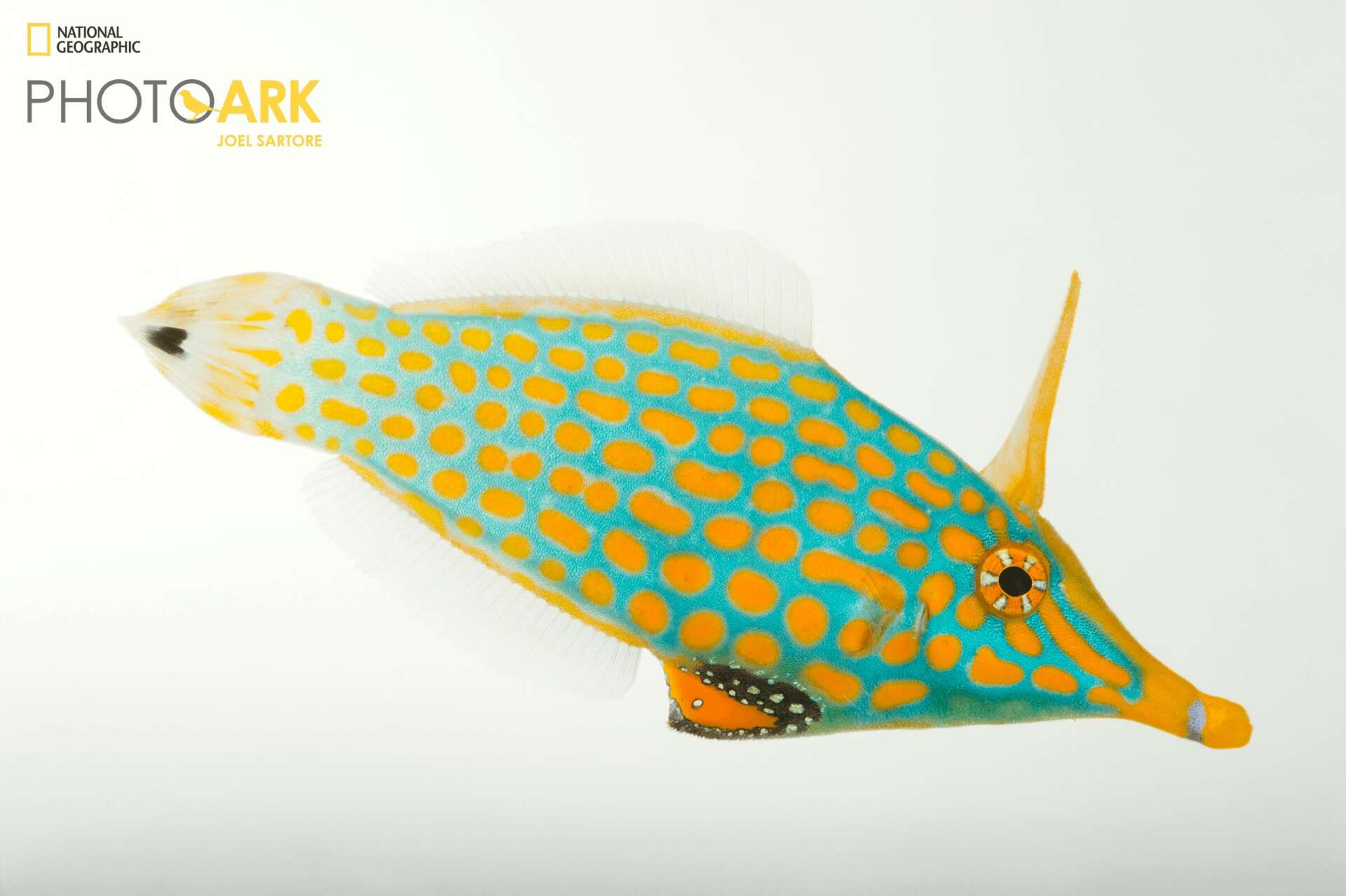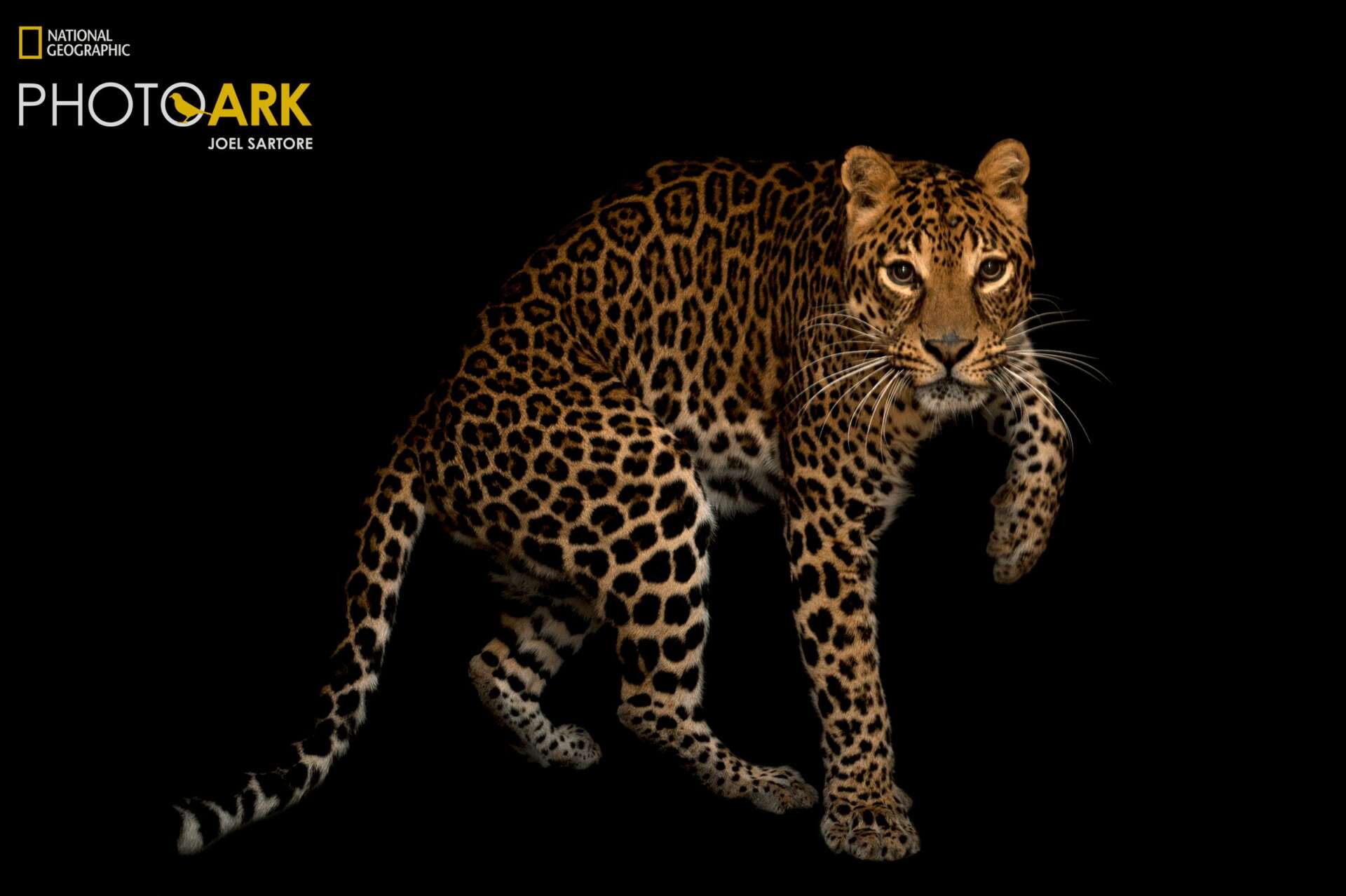We caught up with the brilliant and insightful Joel Sartore a few weeks ago and have shared our conversation below.
Joel , thanks for taking the time to share your stories with us today Let’s talk legacy – what sort of legacy do you hope to build?
I truly hope that by building this ark of biodiversity I will have inspired people to take real action — big or small — to help create a more liveable world. Whether it’s planting a pollinator garden in your yard or spreading the word among your friends and family about the need to protect species, we can all do our part to stop and reverse biodiversity loss. I hope the legacy of the Photo Ark is not a collection of photographs of species we’ve lost, but a snapshot in time of species we’ve worked hard to protect and restore and keep from extinction.

Awesome – so before we get into the rest of our questions, can you briefly introduce yourself to our readers.
In 2006 I started the National Geographic Photo Ark in an effort to document every species living in the world’s zoos, aquariums and wildlife sanctuaries, inspire action through education,and help protect wildlife by supporting on-the-ground conservation efforts.
Now, over 17 years later, I’ve photographed nearly 16,000 species and traveled to more than 62 countries around the world in my quest to create a photo archive of global biodiversity.
It’s my great hope that through these up-close portraits viewers are able to more deeply connect with each animal and be inspired to take action to protect our planet’s incredible, and often imperiled, wildlife before it’s too late.
I am proud to be a National Geographic Explorer and photographer and use my skills to advance the urgent need to protect and preserve global biodiversity. This work has also enabled me to open new avenues for others through the Photo Ark Species Impact Initiative, now entering into its second year, which leverages the Photo Ark’s powerful storytelling and provides impactful funding for on-the-ground conservation efforts to protect at-risk species.

What do you find most rewarding about being a creative?
What is most rewarding for me is that everyday I get to bring together two things I am so passionate about: photography and my love of nature and I get to share that with the world. Photography can do a huge service in many ways. It can expose environmental problems as nothing else can, and it can help get people to care. Especially at a time when it is harder and harder to get people’s attention and when you do, you only have the shortest amount of time, a really good photo can speak volumes.
The stakes could not be higher. It’s ridiculous to think that we can destroy so many of the Earth’s plants, animals, and ecosystems and not think it can happen to us. All of this will come back to bite us, and sooner than we think. It will not be pleasant.
The great thing is, there has never been a better time to take action. Thanks to the web, we can communicate immediately and around the world. We have such great information at our fingertips to work together and in realtime to make a difference for species. That’s what I’m counting on at least, to inspire others to make changes, big and small, to try and save the planet while there’s still time.

Have you ever had to pivot?
One instance in my career and my life I often refer to is how I got started with the Photo Ark. In 2006, my wife was battling breast cancer and I stayed home for a year to take care of her and our three kids as she recovered (she’s healthy today). As I took time away from typical busy field photography jobs, I got the idea for the Photo Ark. Once Kathy recovered, I decided that I was going to focus all my energy on this one big project — something that could reach a public with a decreasing attention span, and really try to move the needle of conservation. And so I started going to the Lincoln Children’s Zoo, a mile from my house in Lincoln, Nebraska, and began taking photos. I asked the zoo staff if they had a small animal that would hold fairly still, and so they brought out a naked mole rat and put it on a white cutting board from their kitchen. He didn’t hold still very well, but I was intrigued by the fact that these animals live underground in the wild, yet how well I could see his face against the clean white background. It helped me appreciate the animal in a whole new way. That’s how Photo Ark started more than 17 years ago and nearly 16,000 species ago. I’m all in on Photo Ark now. I give a voice to the voiceless. It’s a huge honor, and a great responsibility.
Another moment when I had to pivot, like the rest of the world, came during the height of the Covid pandemic. When traveling for photo sessions became an impossibility, I had to find a way to continue the work of the Photo Ark and luckily for me, nature is all around us! It’s true what they say that sometimes you don’t need to look any further than your own backyard. I had a whole world teeming with life waiting for me within arm’s reach. I began photographing insects which soon became the basis for my latest book Photo Ark Insects: Butterflies, Bees and Kindred Creatures.
Contact Info:
- Website: https://www.nationalgeographic.org/photo-ark
- Instagram: https://www.instagram.com/joelsartore/
- Facebook: https://www.facebook.com/sartorephoto

Image Credits
Photo of Joel Sartore by Douglas Gimesy
All other photos by Joel Sartore


